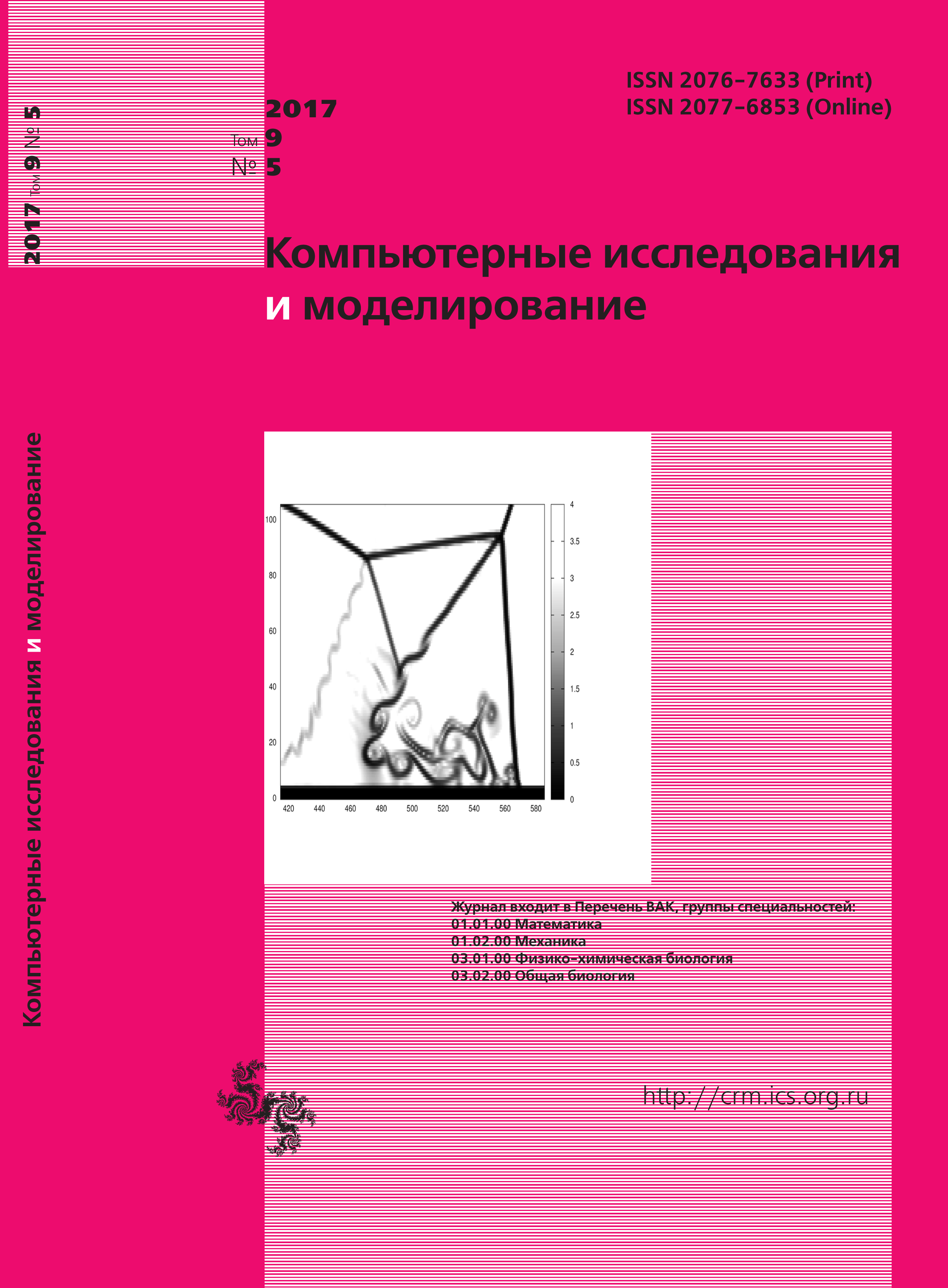All issues
- 2025 Vol. 17
- 2024 Vol. 16
- 2023 Vol. 15
- 2022 Vol. 14
- 2021 Vol. 13
- 2020 Vol. 12
- 2019 Vol. 11
- 2018 Vol. 10
- 2017 Vol. 9
- 2016 Vol. 8
- 2015 Vol. 7
- 2014 Vol. 6
- 2013 Vol. 5
- 2012 Vol. 4
- 2011 Vol. 3
- 2010 Vol. 2
- 2009 Vol. 1
Electronic analogue of DNA
It is known that the internal mobility of DNA molecules plays an important role in the functioning of these molecules. This explains the great interest of researchers in studying the internal dynamics of DNA. Complexity, laboriousness and high cost of research in this field stimulate the search and creation of simpler physical analogues, convenient for simulating the various dynamic regimes possible in DNA. One of the directions of such a search is connected with the use of a mechanical analogue of DNA — a chain of coupled pendulums. In this model, pendulums imitate nitrous bases, horizontal thread on which pendulums are suspended, simulates a sugarphosphate chain, and gravitational field simulates a field induced by a second strand of DNA. Simplicity and visibility are the main advantages of the mechanical analogue. However, the model becomes too cumbersome in cases where it is necessary to simulate long (more than a thousand base pairs) DNA sequences. Another direction is associated with the use of an electronic analogue of the DNA molecule, which has no shortcomings of the mechanical model. In this paper, we investigate the possibility of using the Josephson line as an electronic analogue. We calculated the coefficients of the direct and indirect transformations for the simple case of a homogeneous, synthetic DNA, the sequence of which contains only adenines. The internal mobility of the DNA molecule was modeled by the sine-Gordon equation for angular vibrations of nitrous bases belonging to one of the two polynucleotide chains of DNA. The second polynucleotide chain was modeled as a certain average field in which these oscillations occur. We obtained the transformation, allowing the transition from DNA to an electronic analog in two ways. The first includes two stages: (1) the transition from DNA to the mechanical analogue (a chain of coupled pendulums) and (2) the transition from the mechanical analogue to the electronic one (the Josephson line). The second way is direct. It includes only one stage — a direct transition from DNA to the electronic analogue.
Copyright © 2017 Yakushevich L.V.
Views (last year): 9.Indexed in Scopus
Full-text version of the journal is also available on the web site of the scientific electronic library eLIBRARY.RU
The journal is included in the Russian Science Citation Index
The journal is included in the RSCI
International Interdisciplinary Conference "Mathematics. Computing. Education"







